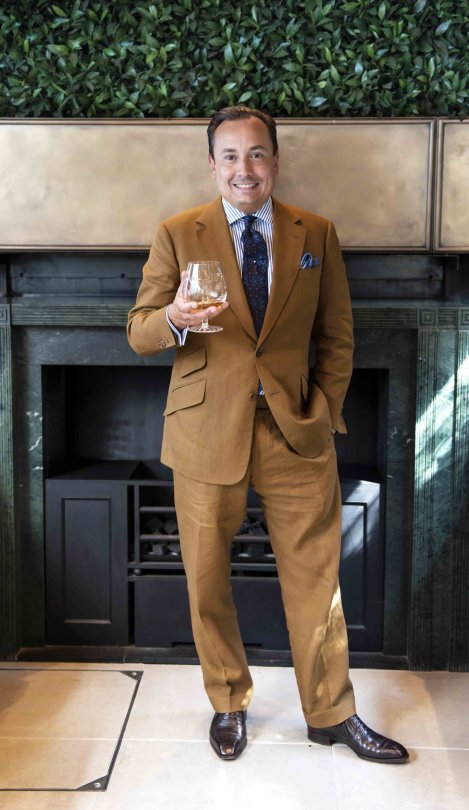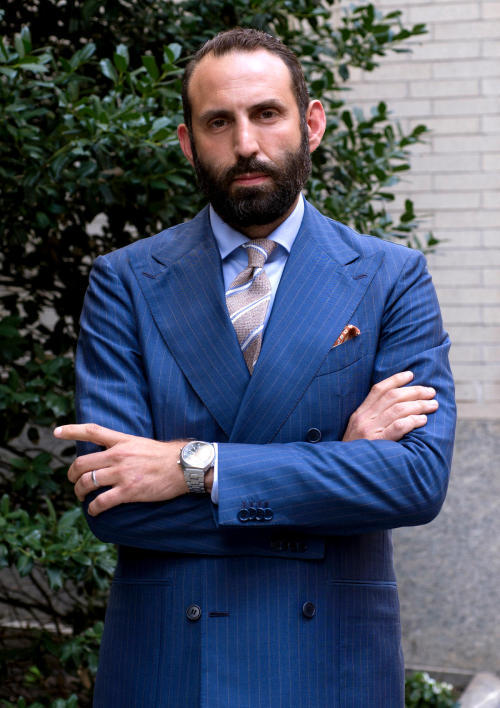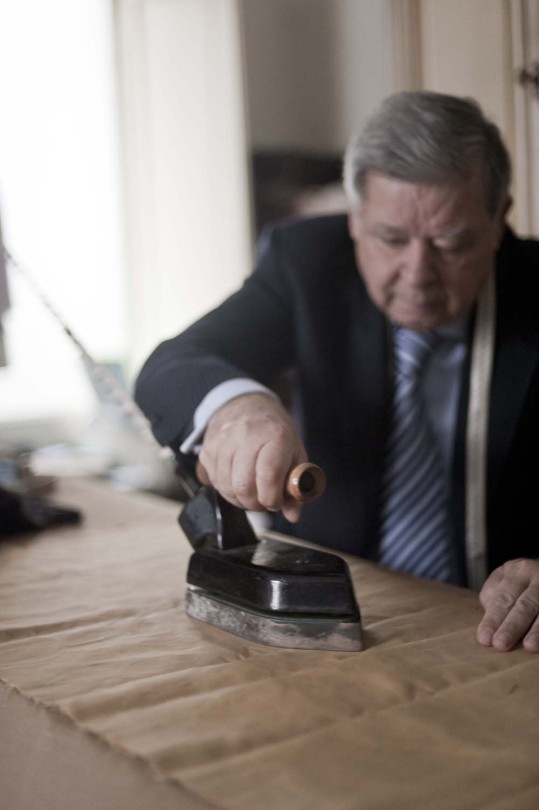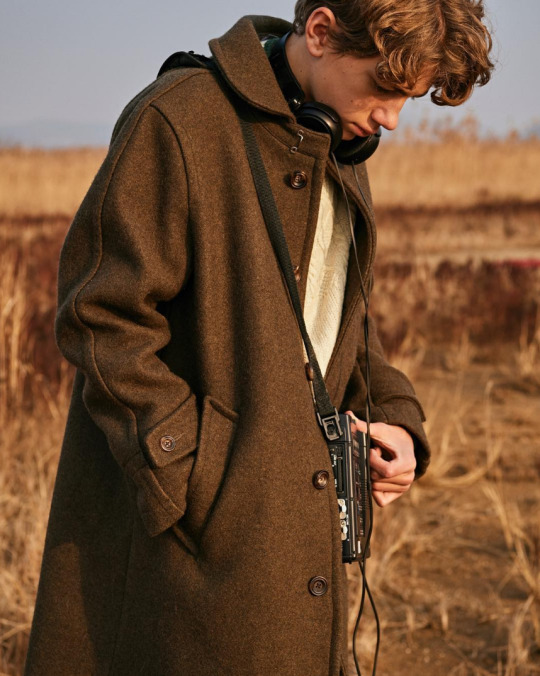The Suit Died, but for Good Reasons
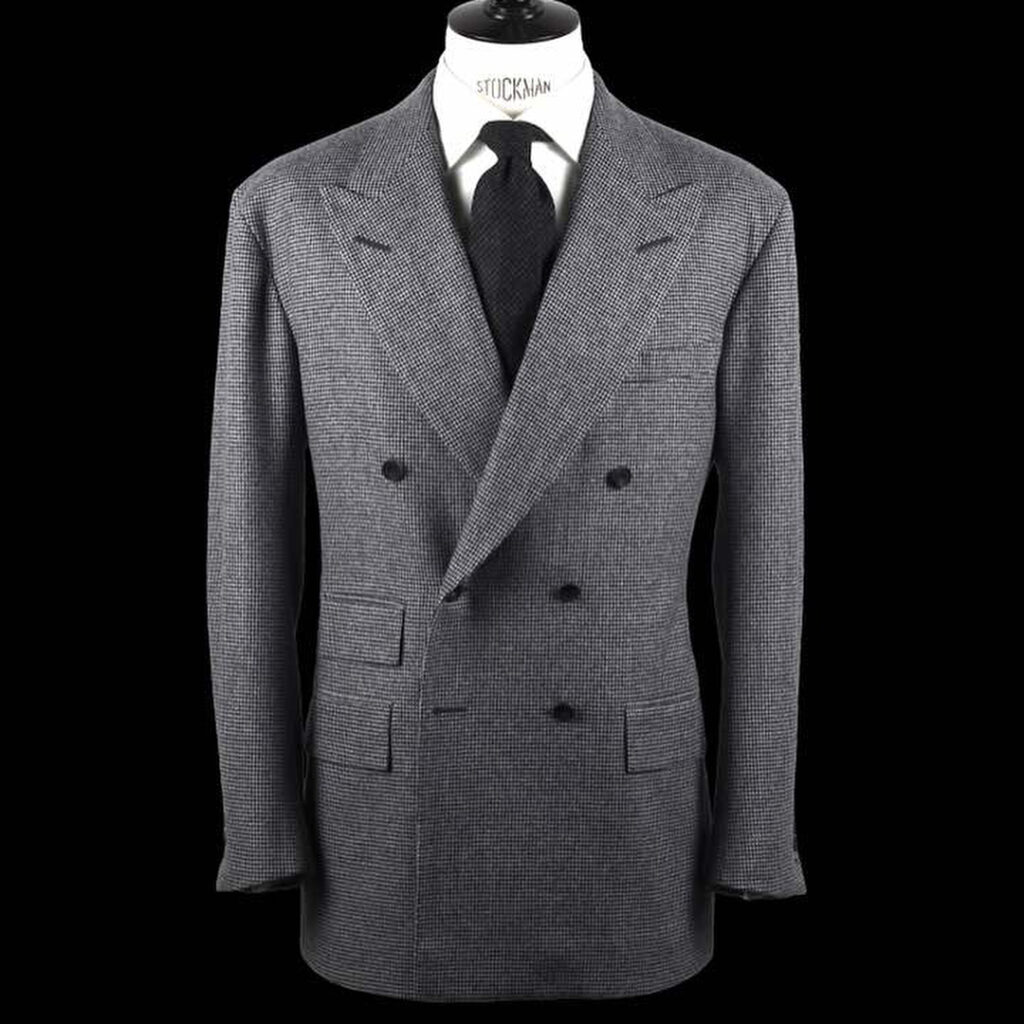
Men in suits love nothing more than to talk about how no one wears suits anymore. And it’s true that with each passing year, fewer and fewer people wear traditional tailored clothing. One retailer tells me that he mostly considers his necktie inventory part of his store decor these days, like bars that display antique liquor ads or currencies from exotic nations now defunct. But the reasons given by fashion writers for the decline of the coat-and-tie are often shortsighted, missing some of the more fundamental reasons why men’s style has continually gotten more casual. Since my own theory crosses paths with the reasons why we celebrate the Fourth of July in the US, I thought I’d share it today.
Almost every story about the death of the suit starts in 1945, the end of the Second World War and roughly three decades before the suit would eventually wane. For Americans, the end of the war was a turning point in the 20th century, not only because it came nearly halfway through, but because the war revolutionized America’s role in global affairs. The US shaped the new post-war order with organizations such as the UN and NATO, which together with American diplomacy and military strength gave rise to the Pax Americana. America emerged from the Second World War as the only power virtually undamaged, its vast military and economic capabilities fully intact, and the only country with nuclear weapons. American power was at its height.
For American men who love tailored clothing, however, the apogee of the 20th century was a little earlier, in the 1920s or 1930s – the Golden Age of Hollywood, the well-dressed set, and the coming of age of classic American style. The post-war period, on the other hand, was fractious, confused, and noisy. Sportswear thrived. Ready-to-wear proliferated. Designers eventually replaced tailors. This revolution in menswear coincided and overlapped with the culture wars of the 1950s and ‘60s. Establishment types wore the suit; anti-establishment types took to white tees, leather jacket, and jeans. That shift towards what Bruce Boyer calls “rebel clothing” was the first meaningful move away from the coat-and-tie. The suit has been trying to wash itself clean of the stench of Establishment ever since, never with complete success.
Keep reading



